Home>Home Appliances>Kitchen Appliances>How To Descale A Electric Kettle
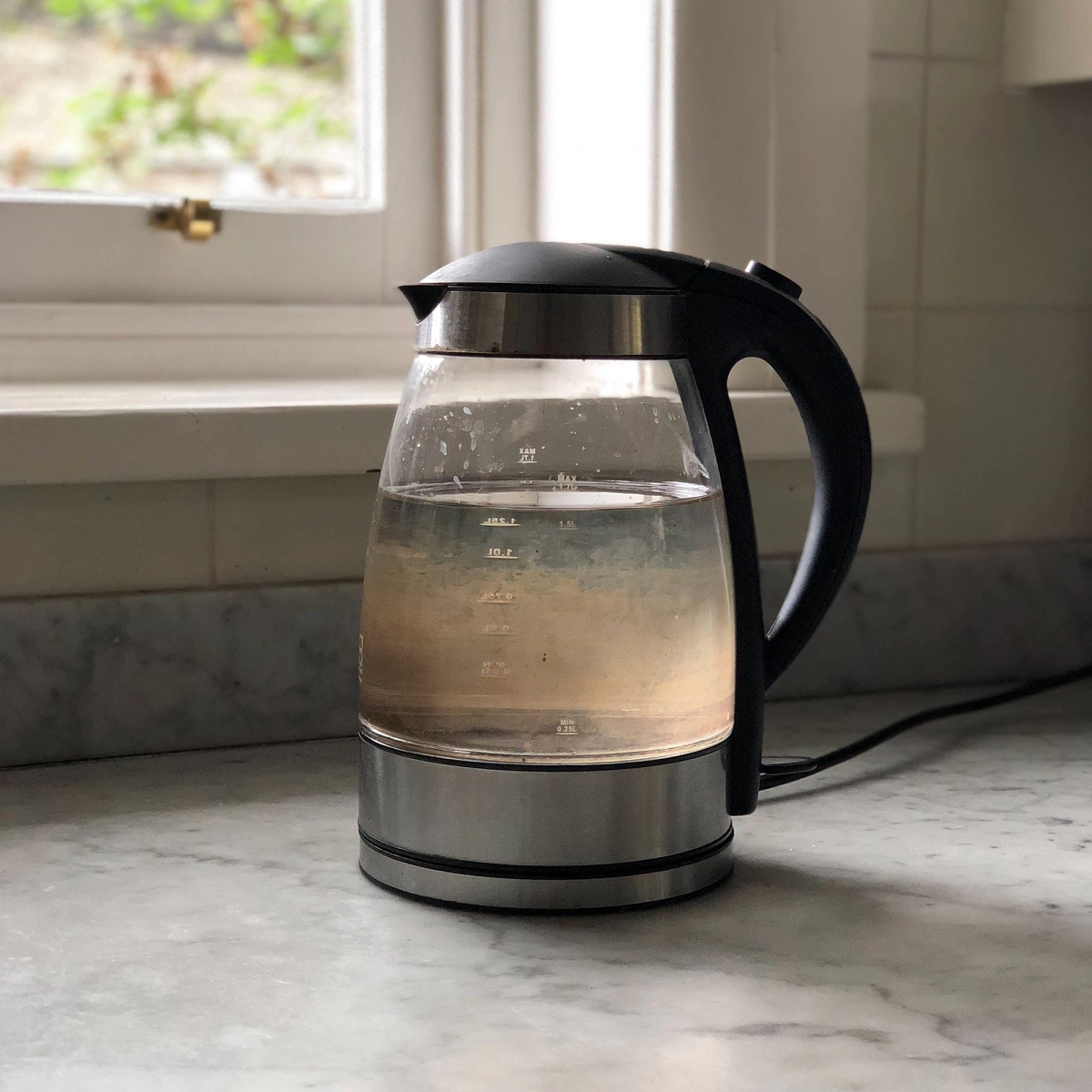

Kitchen Appliances
How To Descale A Electric Kettle
Modified: October 24, 2024
Learn how to effectively descale your electric kettle to keep your kitchen appliances in top condition. Say goodbye to limescale buildup with these easy steps!
(Many of the links in this article redirect to a specific reviewed product. Your purchase of these products through affiliate links helps to generate commission for Storables.com, at no extra cost. Learn more)
Introduction
Welcome to the ultimate guide on how to descale an electric kettle! If you're an avid tea or coffee drinker, you probably rely heavily on your electric kettle to provide you with piping hot water at a moment's notice. However, over time, you may notice that your once-trusty appliance starts to develop a chalky, off-white buildup on the inside. This stubborn substance is none other than limescale, a common nuisance in electric kettles.
In this comprehensive guide, we'll delve into the reasons behind the formation of limescale, the materials needed for descaling, and a step-by-step walkthrough on how to effectively descale your electric kettle. Additionally, we'll provide valuable tips for maintaining a clean electric kettle to ensure that you can enjoy your favorite hot beverages without any unwelcome aftertaste.
So, grab your kettle and let's embark on this journey to restore it to its former glory!
Key Takeaways:
- Regular descaling with vinegar and water helps remove limescale buildup in electric kettles, ensuring clean-tasting hot beverages and prolonging the appliance’s lifespan.
- Using filtered water, emptying the kettle after use, and periodic descaling are simple maintenance practices to prevent limescale and maintain a clean electric kettle.
Read more: How Often Should You Descale A Kettle
What is Limescale and Why Does it Form in Electric Kettles?
Limescale, also known as calcium carbonate, is a hard, chalky deposit that forms when water with a high mineral content is heated and the dissolved minerals precipitate out. When you fill your electric kettle with tap water and set it to boil, the water evaporates, leaving behind these minerals. Over time, these minerals accumulate and solidify, resulting in the unsightly buildup known as limescale.
There are several factors that contribute to the formation of limescale in electric kettles:
- Hard Water: The primary culprit behind limescale is hard water, which contains high concentrations of minerals such as calcium and magnesium. When hard water is heated, these minerals form limescale deposits, which can affect the taste of the water and the efficiency of the kettle.
- Boiling Water: The process of boiling water accelerates the formation of limescale. As the water evaporates, the minerals become more concentrated, leading to the buildup of limescale on the heating element and the interior walls of the kettle.
- Frequency of Use: The more frequently you use your electric kettle, the greater the likelihood of limescale buildup. Continuous heating and cooling cycles cause the minerals in the water to adhere to the surfaces of the kettle, gradually forming limescale deposits.
Aside from being aesthetically unappealing, limescale can also have a negative impact on the performance of your electric kettle. It can reduce the efficiency of the heating element, leading to longer boiling times and increased energy consumption. Moreover, limescale can affect the taste and odor of the water, detracting from the pure, clean flavor you expect from your beverages.
Now that we understand the origins of limescale in electric kettles, let's move on to the materials needed to combat this common issue.
Materials Needed for Descaling
Before you begin the descaling process, it’s essential to gather the necessary materials to ensure a thorough and effective cleaning of your electric kettle. Here’s what you’ll need:
- Vinegar: White vinegar is a powerhouse when it comes to descaling. Its acidic nature helps dissolve limescale and mineral deposits, restoring the interior of the kettle to its pristine condition. Additionally, vinegar is a natural and eco-friendly descaling agent, making it a popular choice for cleaning electric kettles.
- Water: You’ll need water to combine with the vinegar for the descaling solution. It’s important to use a precise ratio of vinegar to water to achieve optimal descaling results.
- Cleaning Cloth or Sponge: A soft cleaning cloth or sponge will be used to wipe down the interior and exterior of the kettle after the descaling process. This ensures that any loosened limescale and residue are thoroughly removed.
- Citrus Fruits (Optional): If you prefer a natural, citrus-infused scent in your kettle after descaling, you can opt to use lemon or lime slices during the cleaning process. The natural oils in the citrus fruits can help neutralize any residual vinegar odor.
These readily available materials are all you need to effectively descale your electric kettle and restore it to its optimal functioning state. With these items in hand, you’re well-equipped to tackle the descaling process with confidence.
Fill the kettle with equal parts water and white vinegar. Boil the solution, then let it sit for 15-20 minutes. Rinse thoroughly with water. Repeat if necessary.
Step-by-Step Guide to Descaling an Electric Kettle
Descaling your electric kettle is a straightforward process that, when done regularly, can prolong the life of your appliance and ensure that your hot beverages taste as they should. Follow these simple steps to descale your electric kettle effectively:
- Prepare the Descaling Solution: Begin by creating a descaling solution using a mixture of equal parts water and white vinegar. The amount of solution needed will depend on the size of your kettle, but a 1:1 ratio of water to vinegar is typically sufficient.
- Fill the Kettle: Pour the descaling solution into the kettle, ensuring that it covers the limescale deposits on the interior surface. If your kettle has a maximum fill line, be mindful not to exceed it with the solution.
- Boil the Solution: Switch on the kettle and bring the descaling solution to a boil. Once the solution reaches a rolling boil, allow it to simmer for 10-15 minutes. The acidic properties of the vinegar will work to dissolve the limescale and mineral buildup during this time.
- Let the Solution Sit: After boiling, turn off the kettle and allow the descaling solution to sit for an additional 10-15 minutes. This extended contact time will further loosen any stubborn limescale deposits.
- Discard the Solution: Carefully pour out the hot descaling solution from the kettle, taking care to avoid any splashes or spills. Dispose of the solution in a sink or drain, as the acidic nature of the vinegar can help clean and deodorize these areas as well.
- Rinse the Kettle: Thoroughly rinse the interior of the kettle with clean water multiple times to ensure that all traces of the descaling solution are removed. This step is crucial to prevent any residual vinegar from affecting the taste of your beverages.
- Wipe and Dry: Use a soft cleaning cloth or sponge to wipe down the interior and exterior of the kettle, removing any remaining limescale and residue. Once cleaned, dry the kettle thoroughly before using it again.
Following these steps will leave your electric kettle descaled and ready to provide you with clean-tasting, odor-free hot water for your favorite beverages. With a little maintenance, you can keep your electric kettle in top condition for years to come.
Tips for Maintaining a Clean Electric Kettle
After descaling your electric kettle, it’s important to implement practices that will help maintain its cleanliness and performance. By following these tips, you can prevent limescale buildup and ensure that your kettle continues to function optimally:
- Use Filtered Water: If your tap water is hard or has a high mineral content, consider using filtered water in your kettle. Filtered water reduces the concentration of minerals, thereby minimizing limescale buildup over time.
- Empty the Kettle After Use: After each use, empty any remaining water from the kettle to prevent mineral deposits from forming. Standing water can lead to limescale buildup, so pour out any unused water and allow the kettle to air dry.
- Regular Descaling: Schedule regular descaling sessions to prevent limescale from accumulating. Depending on the hardness of your water, aim to descale your kettle every 1-3 months to maintain its efficiency and prolong its lifespan.
- Avoid Overfilling: Refrain from overfilling the kettle beyond its maximum capacity, as this can lead to spills and mineral buildup. Adhering to the maximum fill line will help prevent limescale from forming on the interior surfaces.
- Wipe Down the Exterior: Periodically wipe down the exterior of the kettle with a damp cloth to remove any dust, fingerprints, or spills. Keeping the exterior clean not only enhances the kettle’s appearance but also prevents grime from transferring to the interior.
- Utilize Citrus for Freshness: For a refreshing aroma, place a few slices of lemon or lime in the kettle and boil them with water. The natural oils from the citrus fruits can help neutralize any lingering odors and impart a pleasant fragrance to the kettle.
By incorporating these maintenance tips into your routine, you can prolong the life of your electric kettle and ensure that it consistently delivers clean, flavorful hot water for your daily enjoyment. With a little care and attention, your electric kettle will remain a reliable companion for brewing your favorite hot beverages.
Read more: What Is An Electric Kettle
Conclusion
In conclusion, maintaining a clean and limescale-free electric kettle is essential for preserving the quality of your hot beverages and prolonging the lifespan of your appliance. By understanding the formation of limescale, gathering the necessary materials, and following a systematic descaling process, you can effectively combat limescale buildup and restore your electric kettle to its optimal condition.
Regular descaling, using filtered water, and implementing proper maintenance practices are key to preventing limescale from detracting from the performance and aesthetics of your electric kettle. With a little effort and attention, you can ensure that your kettle continues to provide you with clean-tasting, odor-free hot water for your tea, coffee, and other hot beverages.
Remember, a well-maintained electric kettle not only enhances the flavor and aroma of your drinks but also contributes to the overall enjoyment of your daily tea or coffee ritual. By incorporating the tips provided in this guide into your kettle care routine, you can savor every sip knowing that your appliance is in top-notch condition.
So, armed with the knowledge of limescale formation, the steps for descaling, and the tips for maintenance, you’re well-equipped to keep your electric kettle in pristine condition. With these insights, you can confidently bid farewell to limescale woes and look forward to consistently delightful hot beverages from your sparkling clean electric kettle.
Frequently Asked Questions about How To Descale A Electric Kettle
Was this page helpful?
At Storables.com, we guarantee accurate and reliable information. Our content, validated by Expert Board Contributors, is crafted following stringent Editorial Policies. We're committed to providing you with well-researched, expert-backed insights for all your informational needs.
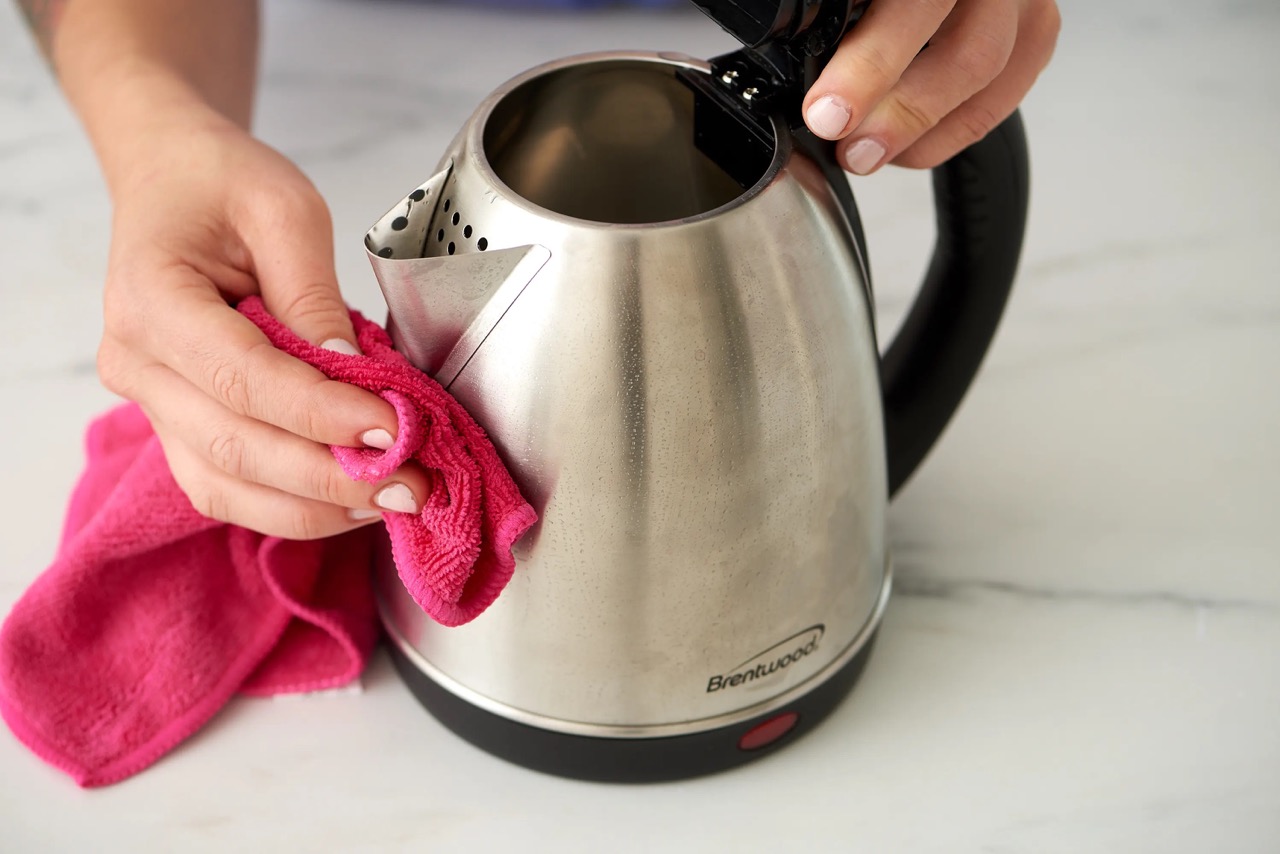
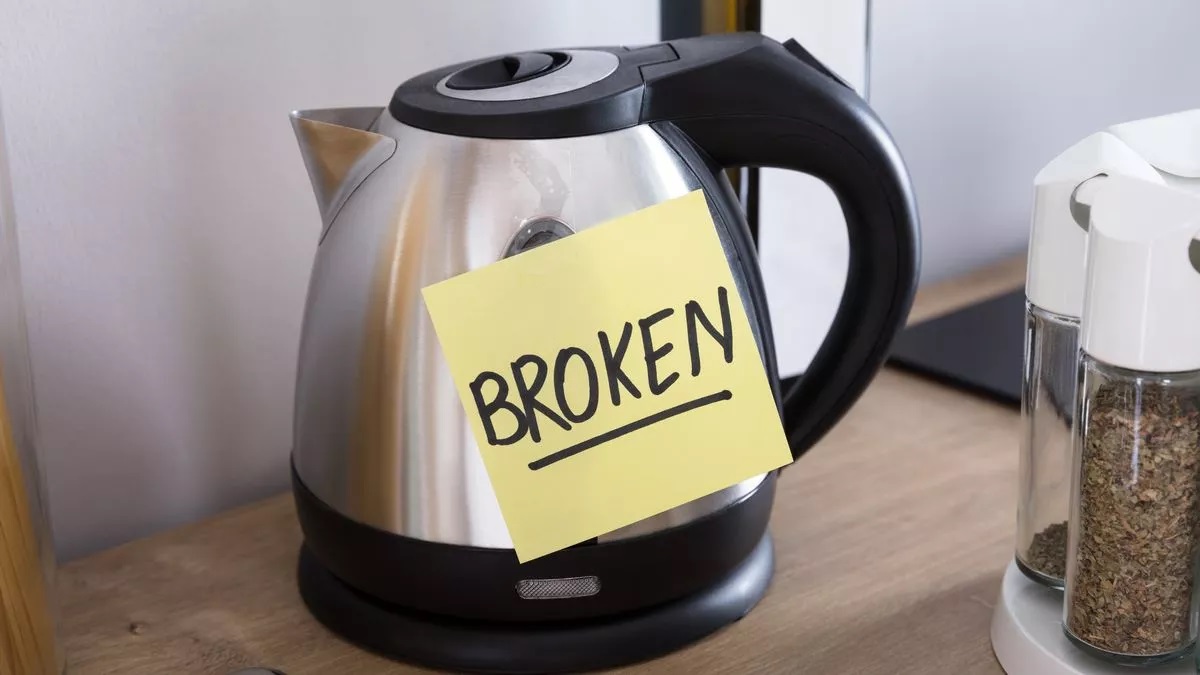
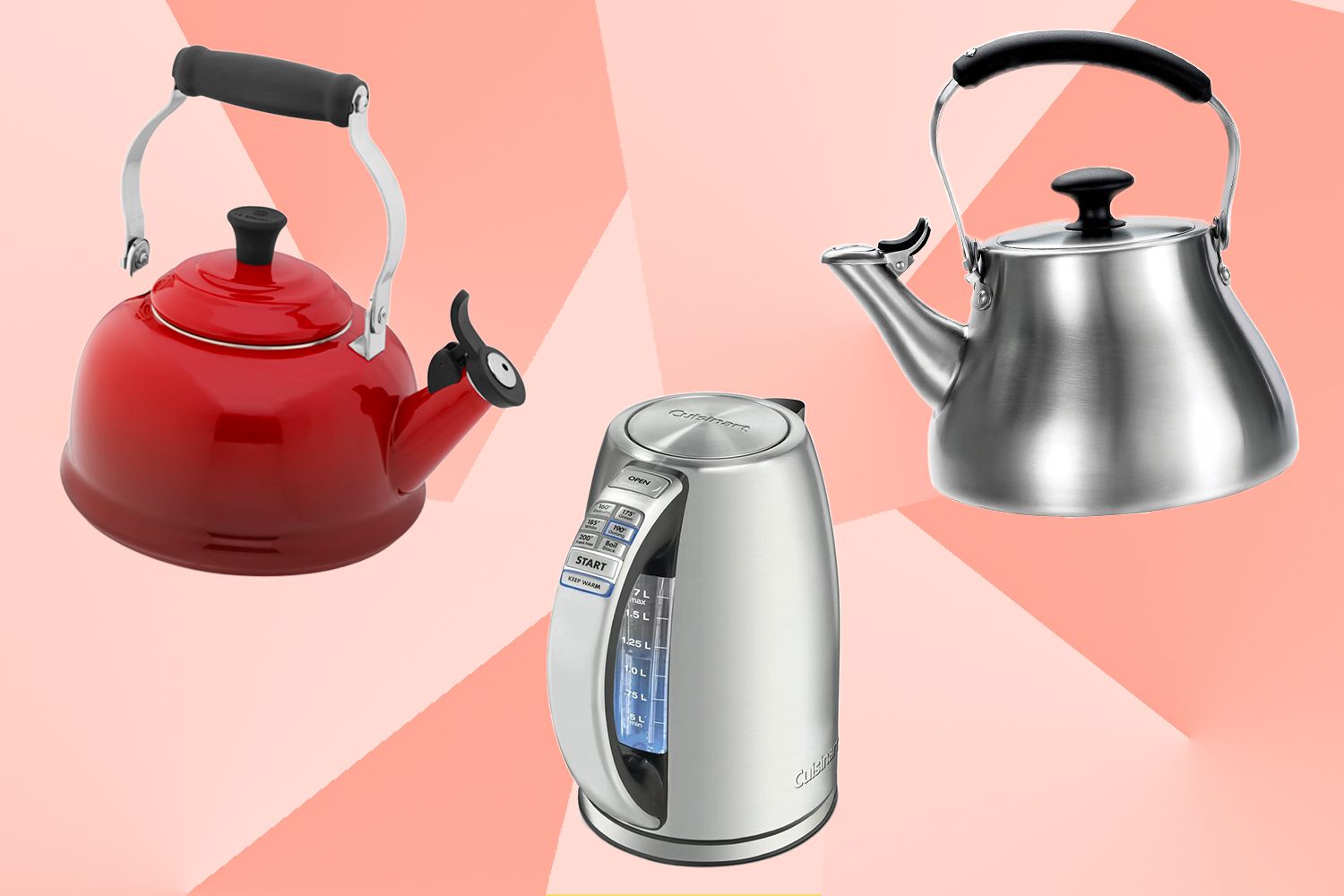
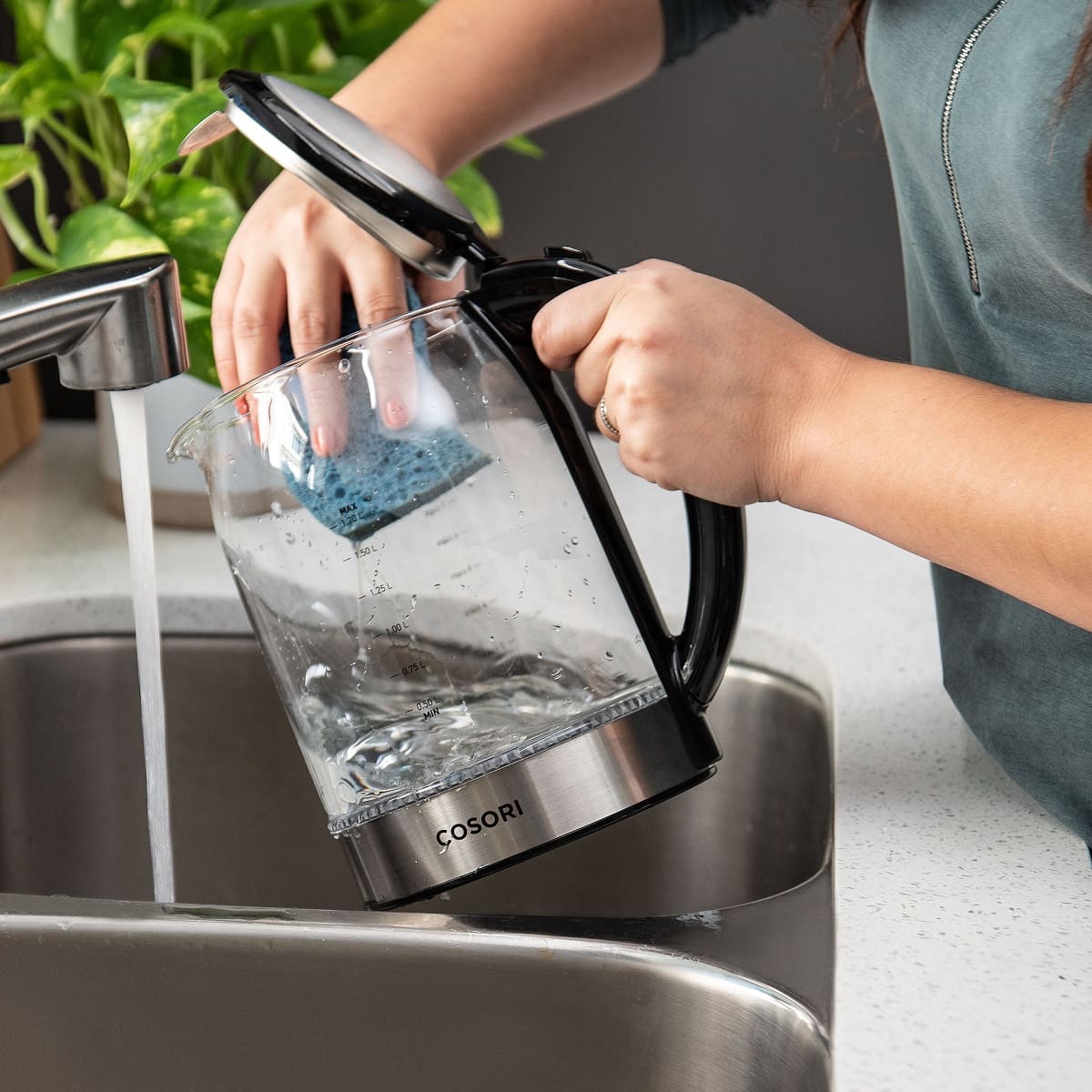
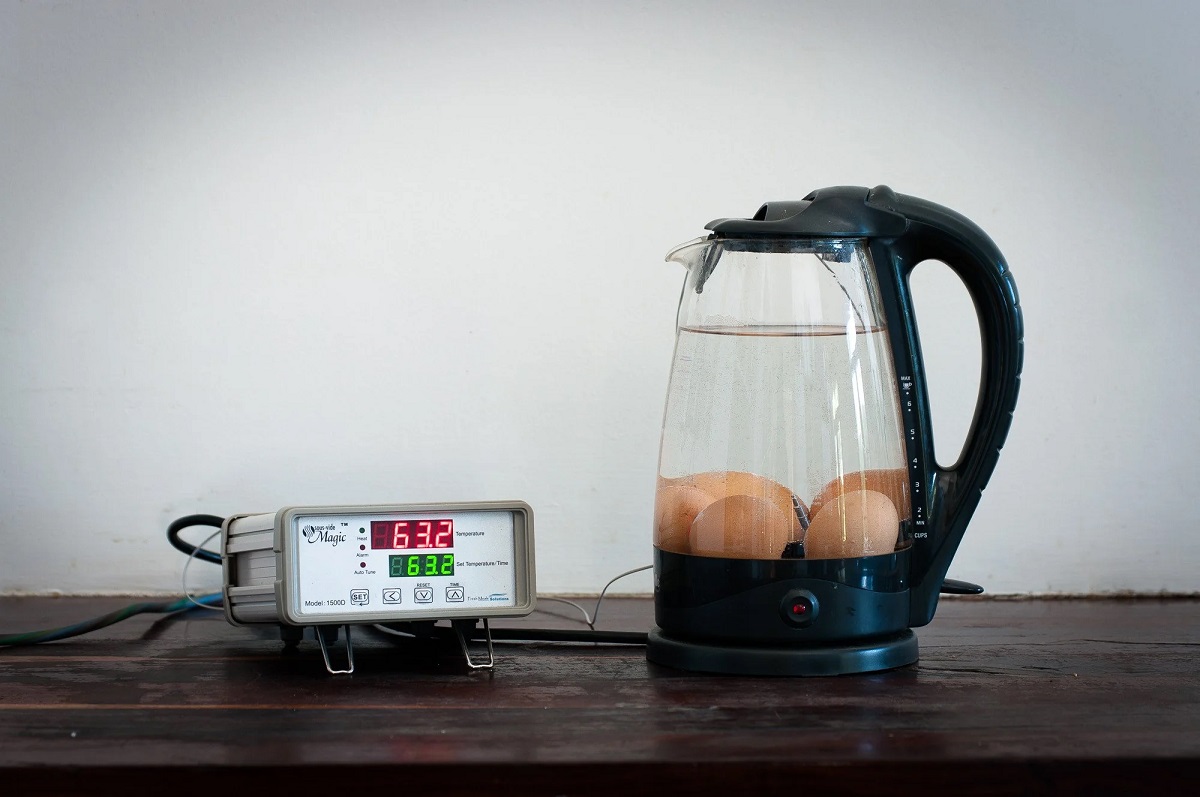
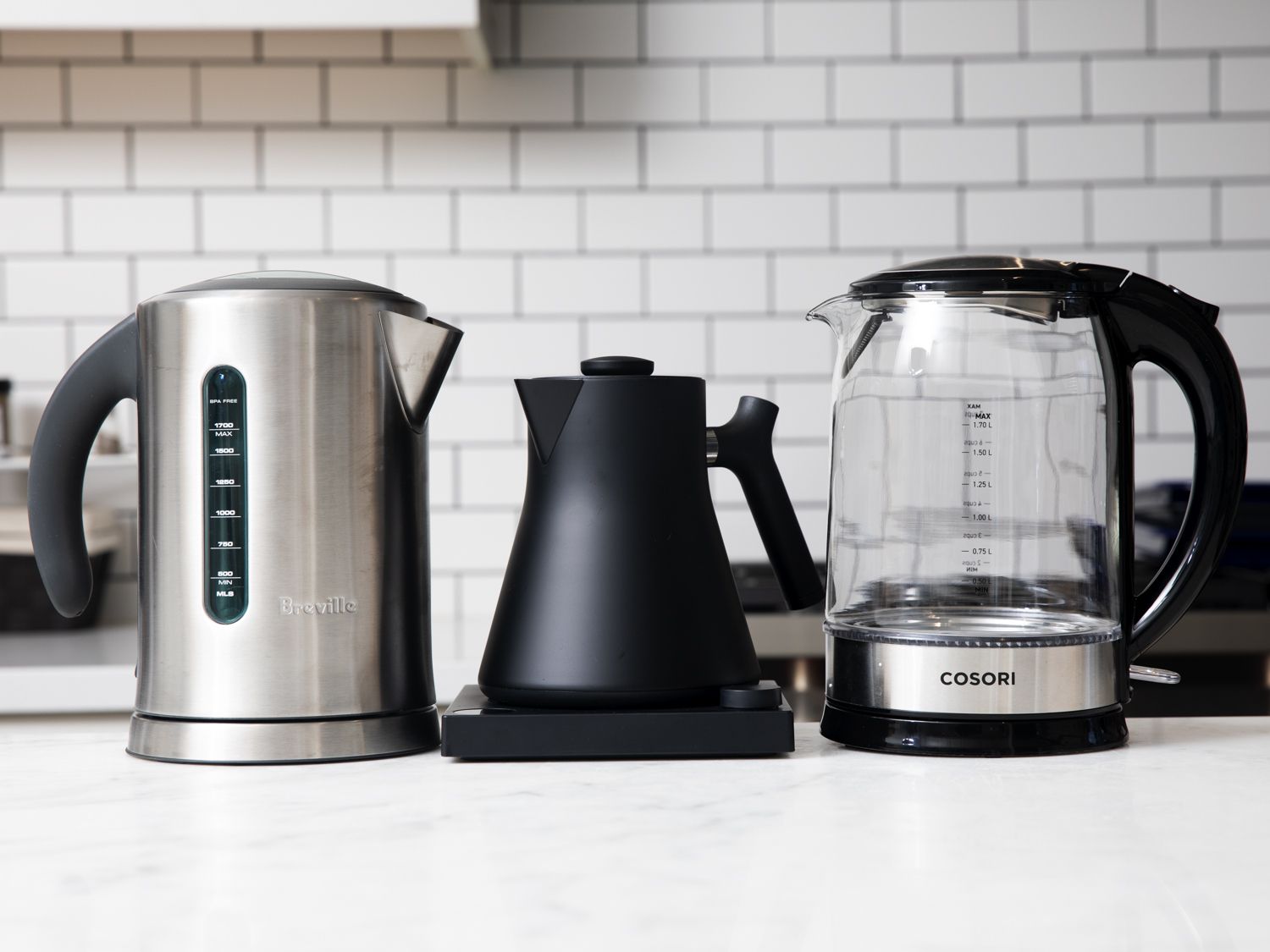
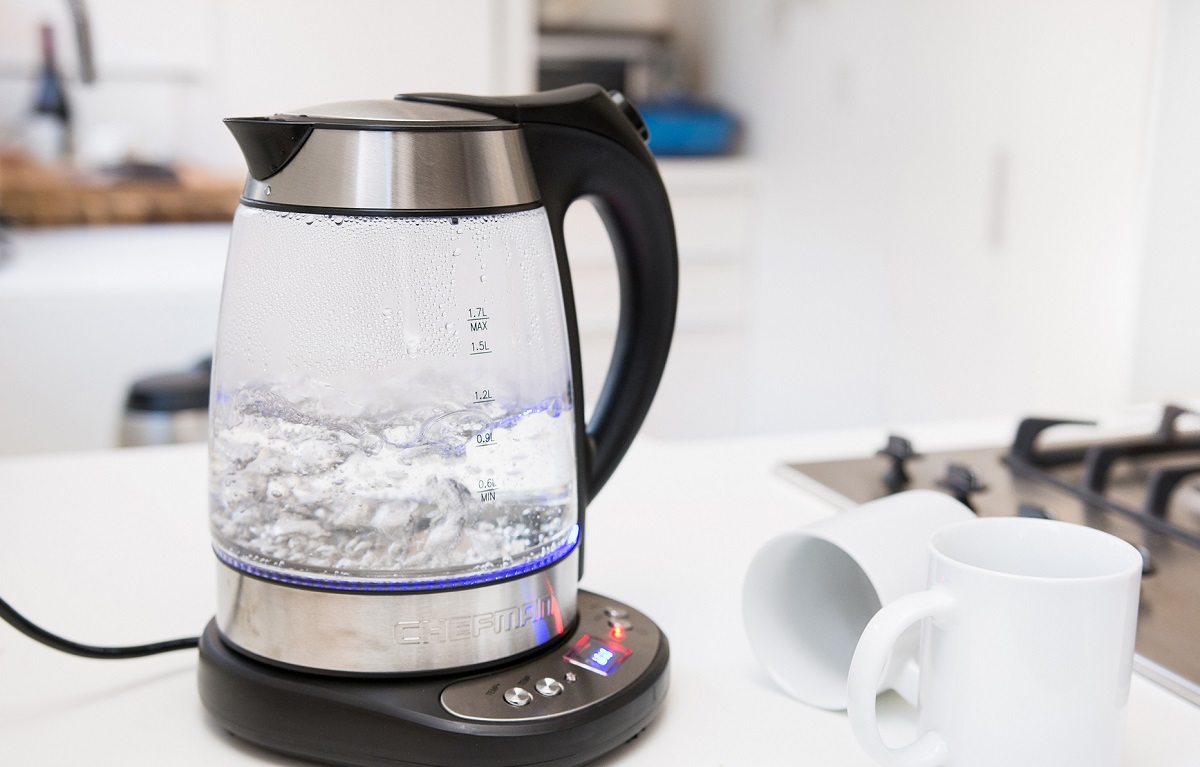
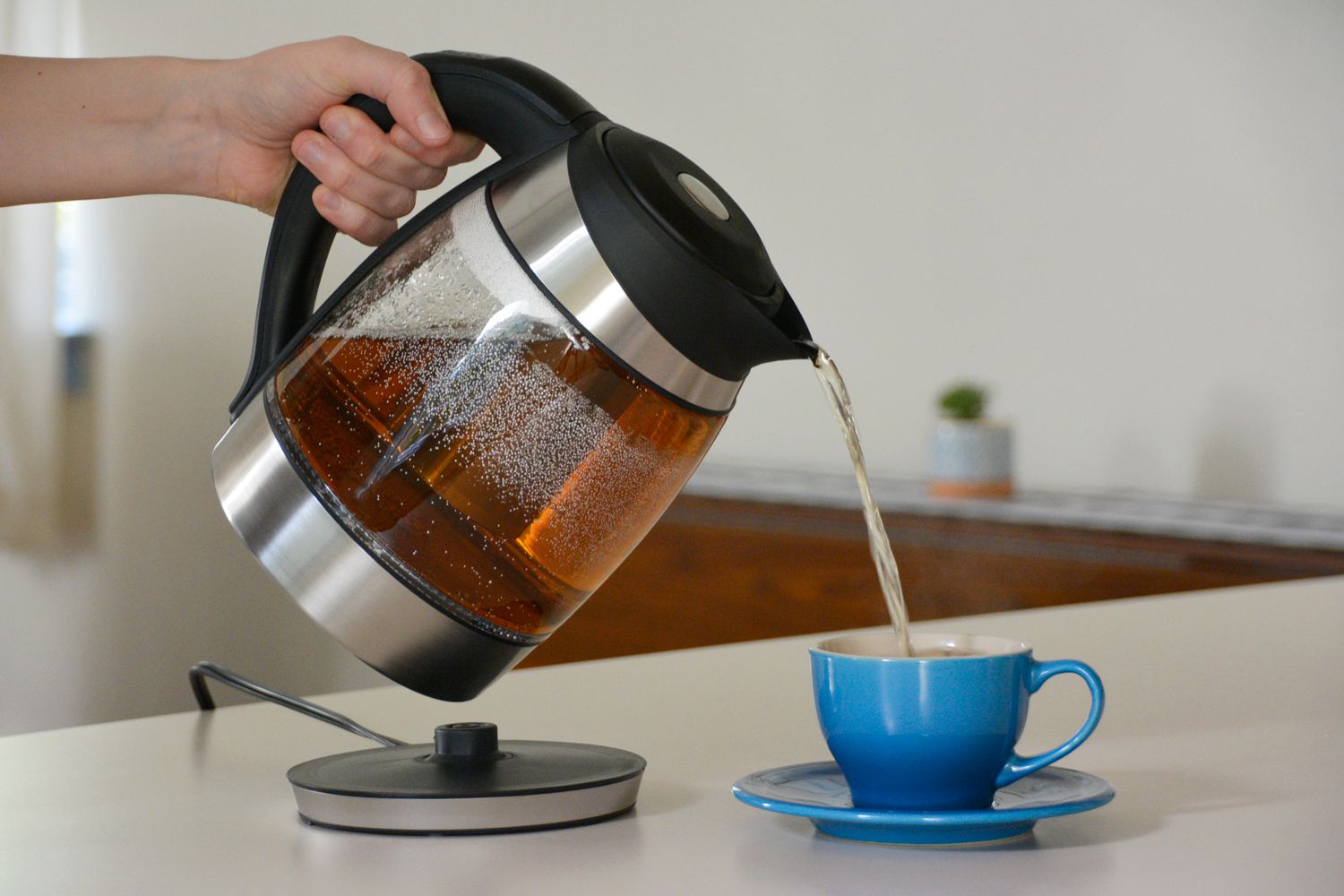
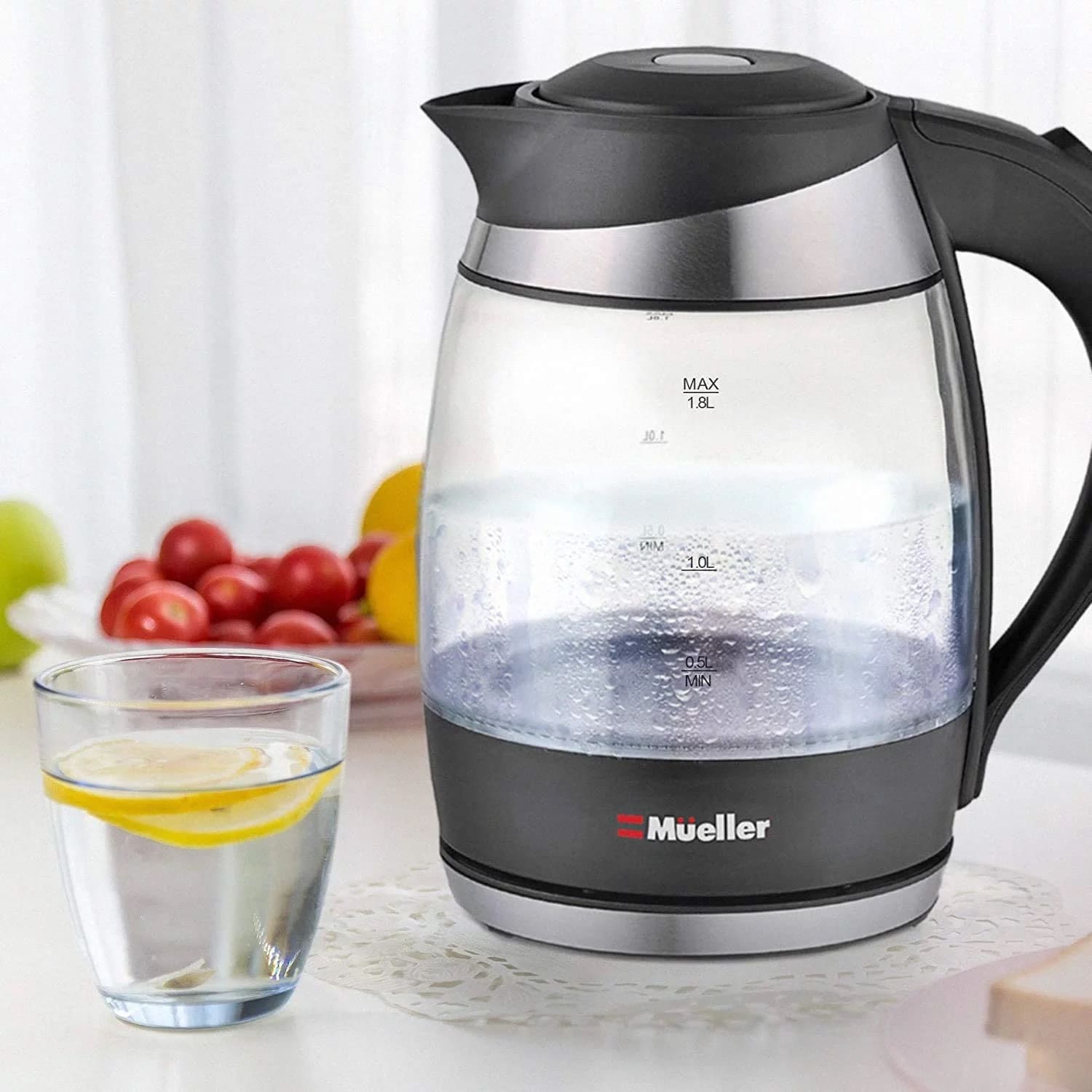
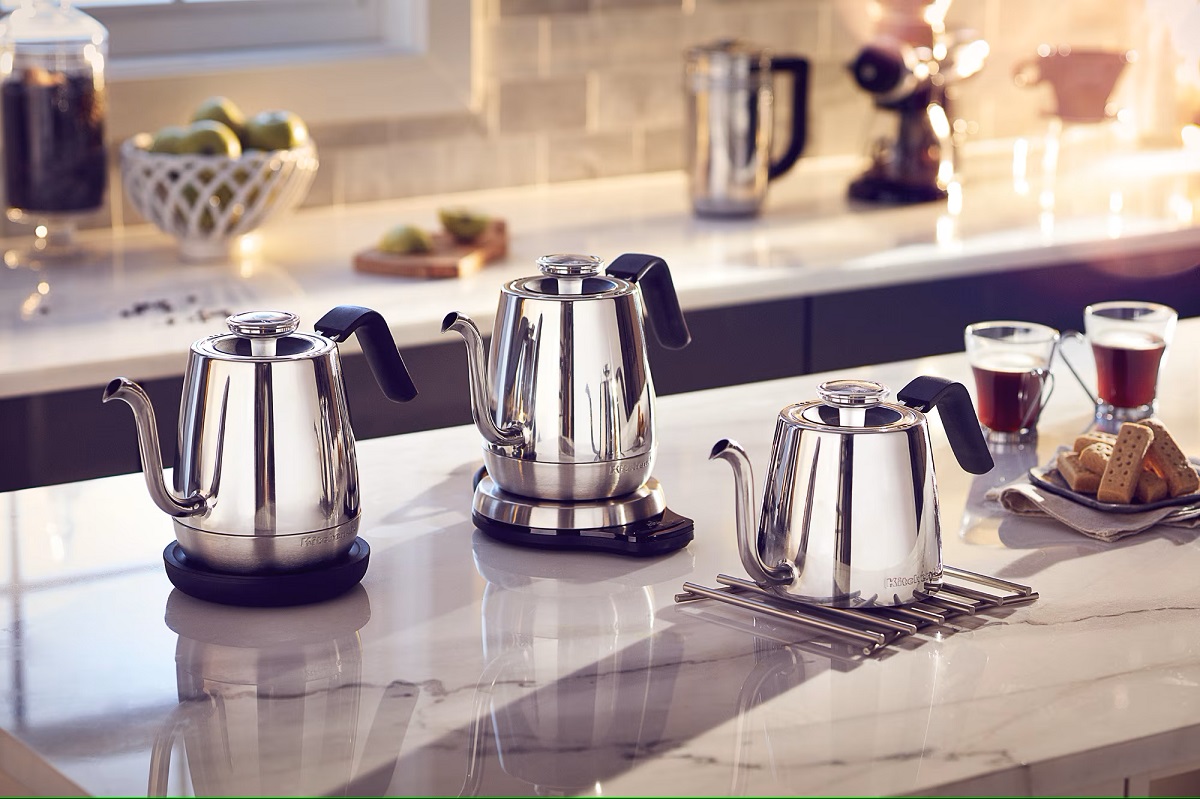

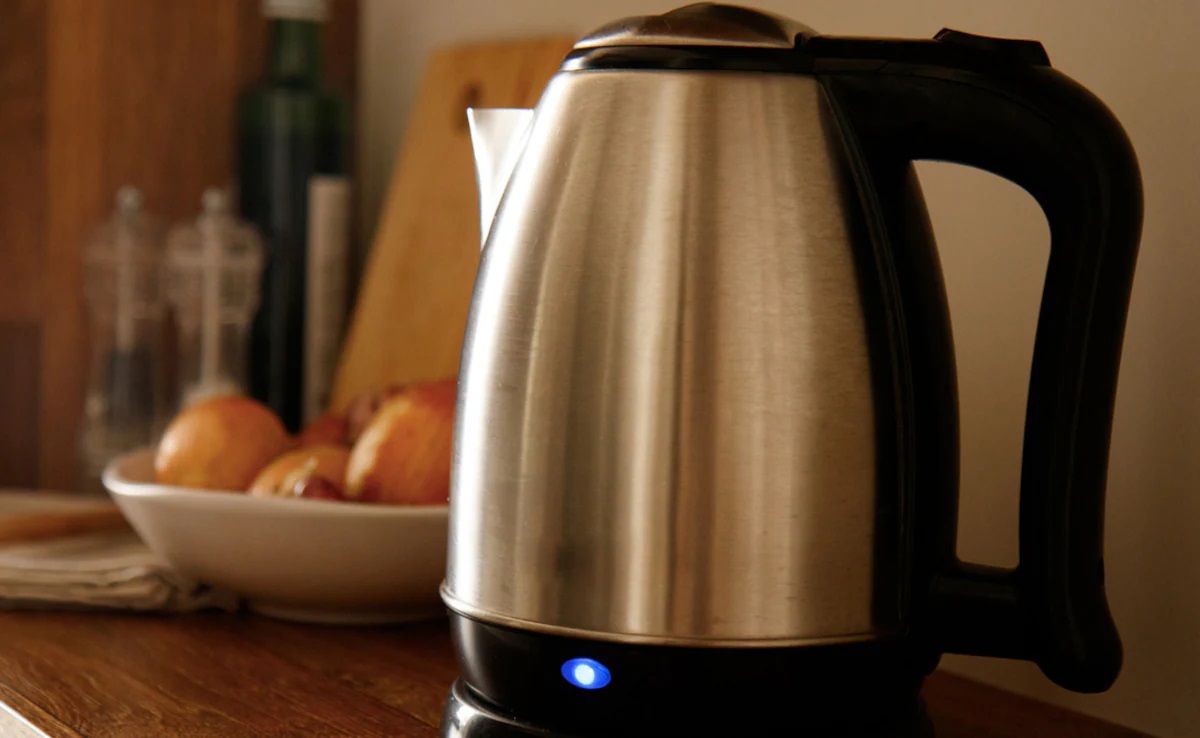
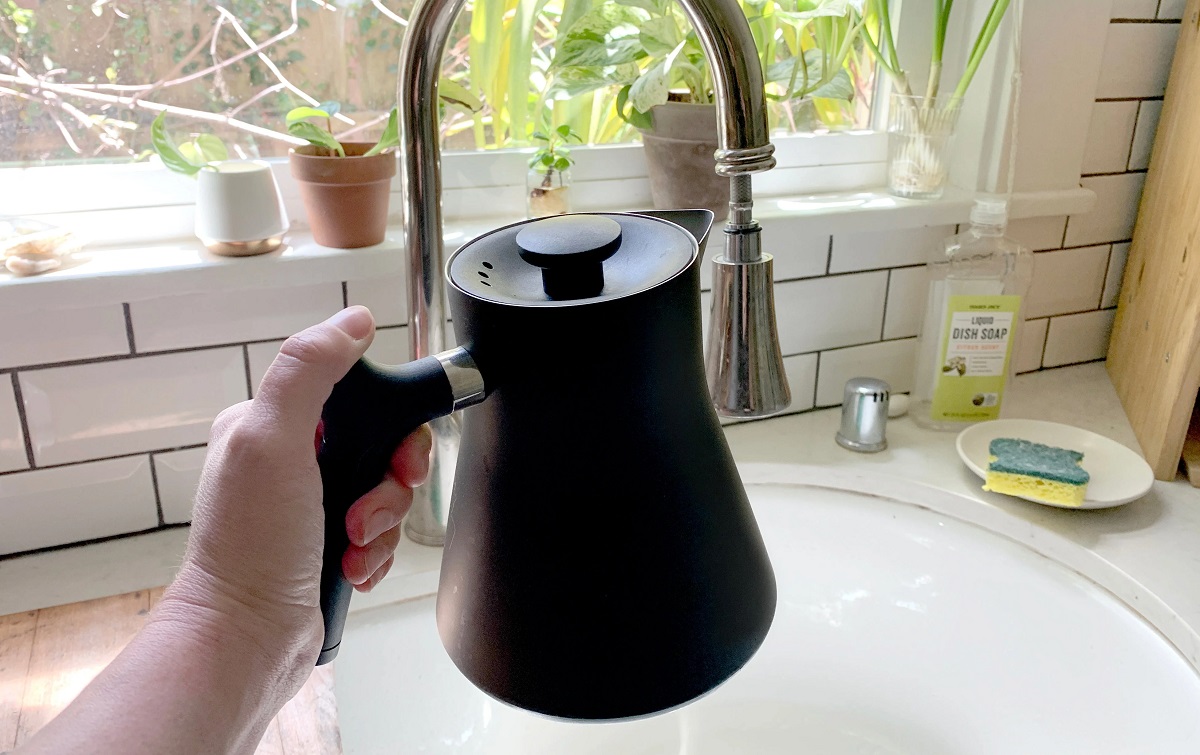
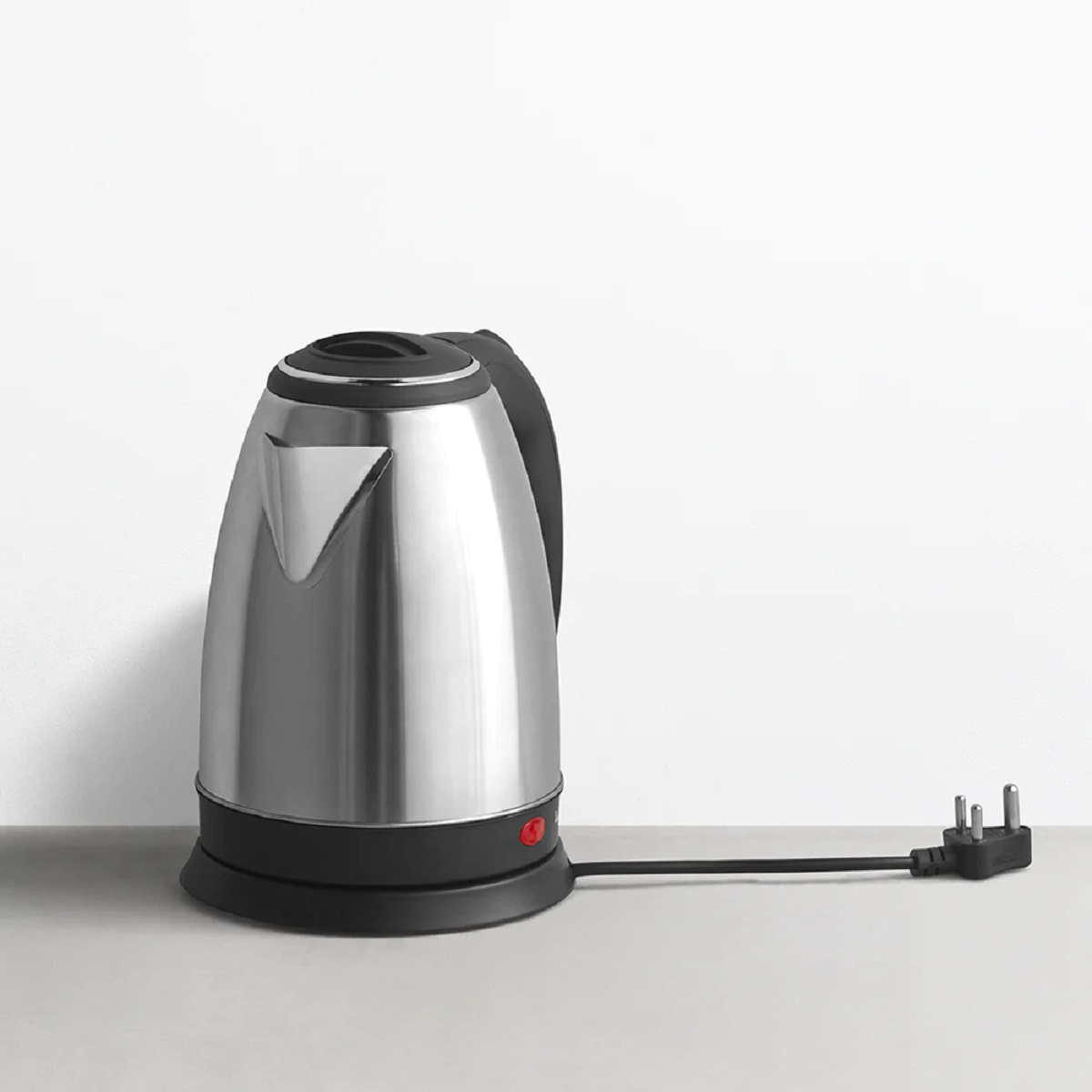

0 thoughts on “How To Descale A Electric Kettle”